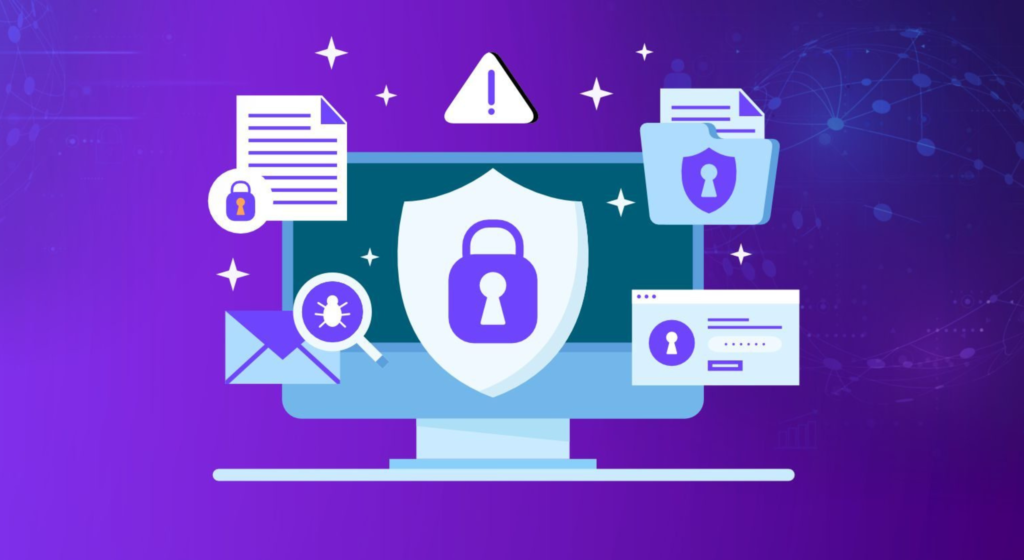Credit Line on UPI: A New Opportunity for Issuer Banks

Home / Blogs Table of contents What is Credit Line on UPI? Key Features Benefits for Banks Challenges for Banks Strategic Importance for Issuer Banks Conclusion The Unified Payments Interface (UPI) has transformed India’s digital payments landscape, and the introduction of Credit Line on UPI brings an exciting opportunity for banks to offer credit directly […]
Data Privacy in Fintech: Balancing Innovation with Consumer Protection in the Indian Market

Home / Blogs Table of contents The Significance of Data Privacy in Indian Fintech Challenges in Prioritising Data Privacy While Fostering Innovation Strategies for Prioritising Data Privacy at CARD91 The Role of Government and Regulatory Bodies Conclusion In a world that has moved to the internet and the mobile, data privacy is paramount. This is […]
PCI DSS: The standard for card security

Buoyed by the festival season euphoria, credit card transactions for the first time crossed INR 1 Lakh Crore in October 2021 and debit card transactions were upwards of INR 7.5 Lakh Crore during the same period. With such exponential growth in cashless payments, information security and privacy of cardholder data is of utmost importance. Ever […]



